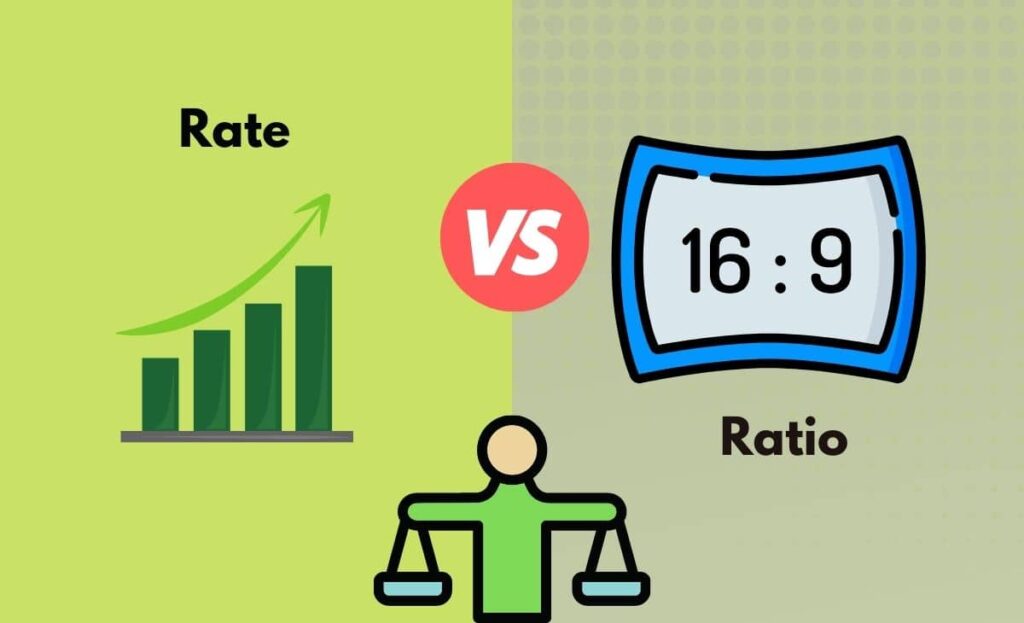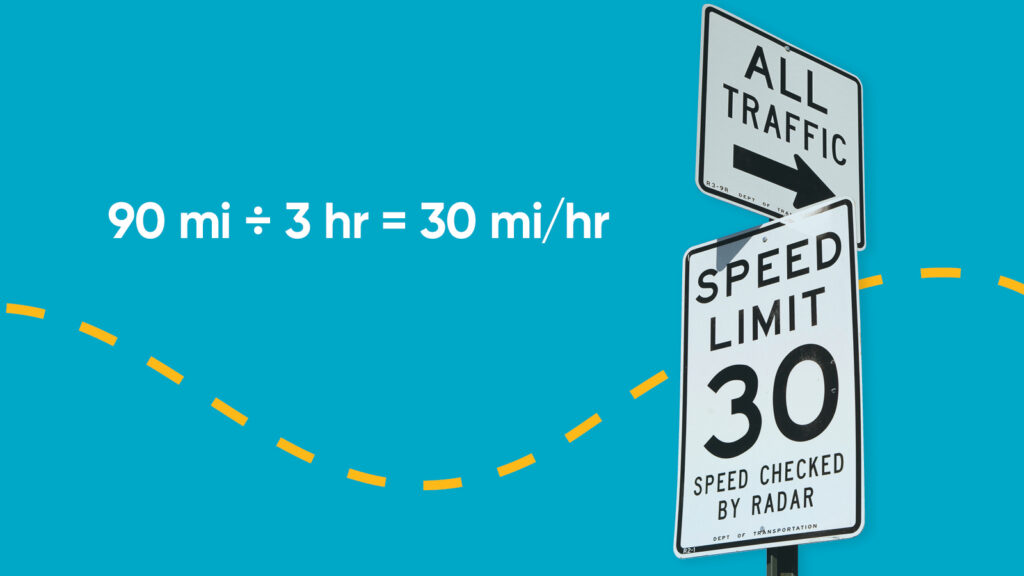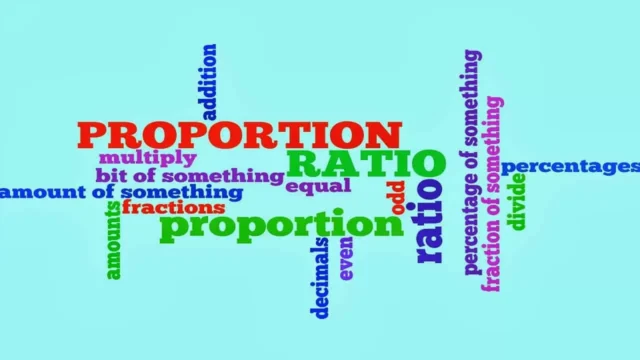When you’re trying to make a decision, do you often use numbers to help guide your decision? Maybe you look at a sales figure and decide whether to buy that product or not. Maybe you compare the cost of two products and decide which is cheaper. Numbers play an important role in our lives, and it’s no different when it comes to making decisions about money. We use ratios, rates and proportions all the time to figure out how much something costs or how many items we need to purchase in order to get a certain amount of value. In this blog post, we will explore the relationship between ratios, rates and proportions. We will also discuss some common applications and examples.
– A ratio is a mathematical relationship between two numbers. Ratios can be simple, like two people’s heights, or they can be more complex, like the number of students in a classroom.
– Rates are similar to ratios, but they involve a rate instead of a single number. For example, if you want to calculate how many cars are passing by per minute on the freeway, you would use a rate rather than a ratio calculation.
– Proportion is the most complex type of ratio. It involves dividing one number by another and then multiplying the result by 100%. For example, if there are 100 students in a classroom and 30% of them are absent, then there would be 30/100 or 3 students absent for every class period.
When it comes to easiest ways to remember ratios, rates and proportion, the most common method is to remember that a rate is a single number and a ratio is a mathematical relationship between two numbers. Additionally, proportion is the most complex of the three, so it’s best to remember that it involves dividing one number by another and multiplying the result by 100%. Or, simply using tools such as a percent or ratio calculator.
What are the Relationships and Differences Between Ratios, Rates and Proportion?

Ratios, rates and proportions are all ways to measure relationships between different items. Ratios compare two quantities while rates compare a quantity with time. Proportions compare a quantity with another.
Ratios typically use numerals to show how much one thing is greater than or less than another. For example, 3 to 2 represents a ratio of three to two, while 10% represents a rate, because it tells us how many things there are in 100 that are 10% of the total.
Rates use numbers but also show how many times something occurs per unit of time. So 10% would represent how many times something occurs every hour, while 25 rats represents how many rats there are over the course of 25 hours.
Proportions use symbols like % (percent) or ° (degree). So 50° means there’s half a degree Celsius in it and 5,000 cups equals 500 cups per hectare.

Conclusion
In this article, we will be discussing the relationship, differences and similarities between ratios, rates and proportion. By the end of this article, you should have a good understanding of how these three concepts work together to create mathematical expressions. Let’s get started!







